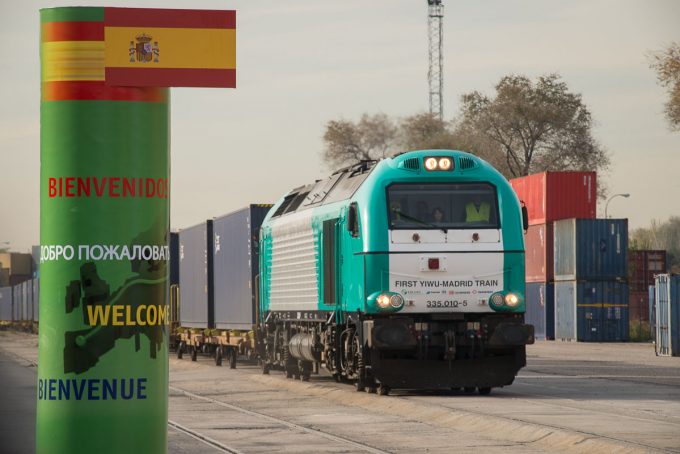'Stable' Asia-Europe rates 'very different' to double-digit declines on transpacific
UPDATED: to included new Xeneta Asia-Europe freight rate data For the first time since the beginning ...
ZIM: TAKING PROFITXPO: CPI BOOSTMAERSK: WINNERCHRW: TOP 'QUANT' PICKGXO: KEY EXEC OUTAAPL: 'MUSK RISK'EXPD: SELL-SIDE BEAR UPS TARGETUPS: SLIDINGZIM: SURGING ON TAKEOVER TALKEXPD: CASHING INCHRW: INSIDER SALEFWRD: TRADING UPDATE
ZIM: TAKING PROFITXPO: CPI BOOSTMAERSK: WINNERCHRW: TOP 'QUANT' PICKGXO: KEY EXEC OUTAAPL: 'MUSK RISK'EXPD: SELL-SIDE BEAR UPS TARGETUPS: SLIDINGZIM: SURGING ON TAKEOVER TALKEXPD: CASHING INCHRW: INSIDER SALEFWRD: TRADING UPDATE

Most of the discussion around China-Europe rail services has focused on the westbound headhaul leg moving high-value Chinese exports such as automotive components and electronic goods to European consolidation points, far less has been said about the backhaul trip. This story, from the fabulous Quartz, reports how the extension of the rail service from Germany to collect Spanish food exports – especially wine and olive oil – has been a failure. While the freight rates are 10 times as much as ocean shipping, the weather extremes on the trans-Siberian railway makes keeping the goods at the right temperature very difficult. “To transport wine and olive oil from Madrid to Yiwu, China, Spanish producers need to wrap bottles in thermal blankets to protect them from the cold of the Russian tundra—or else their products will freeze and explode.”


Comment on this article